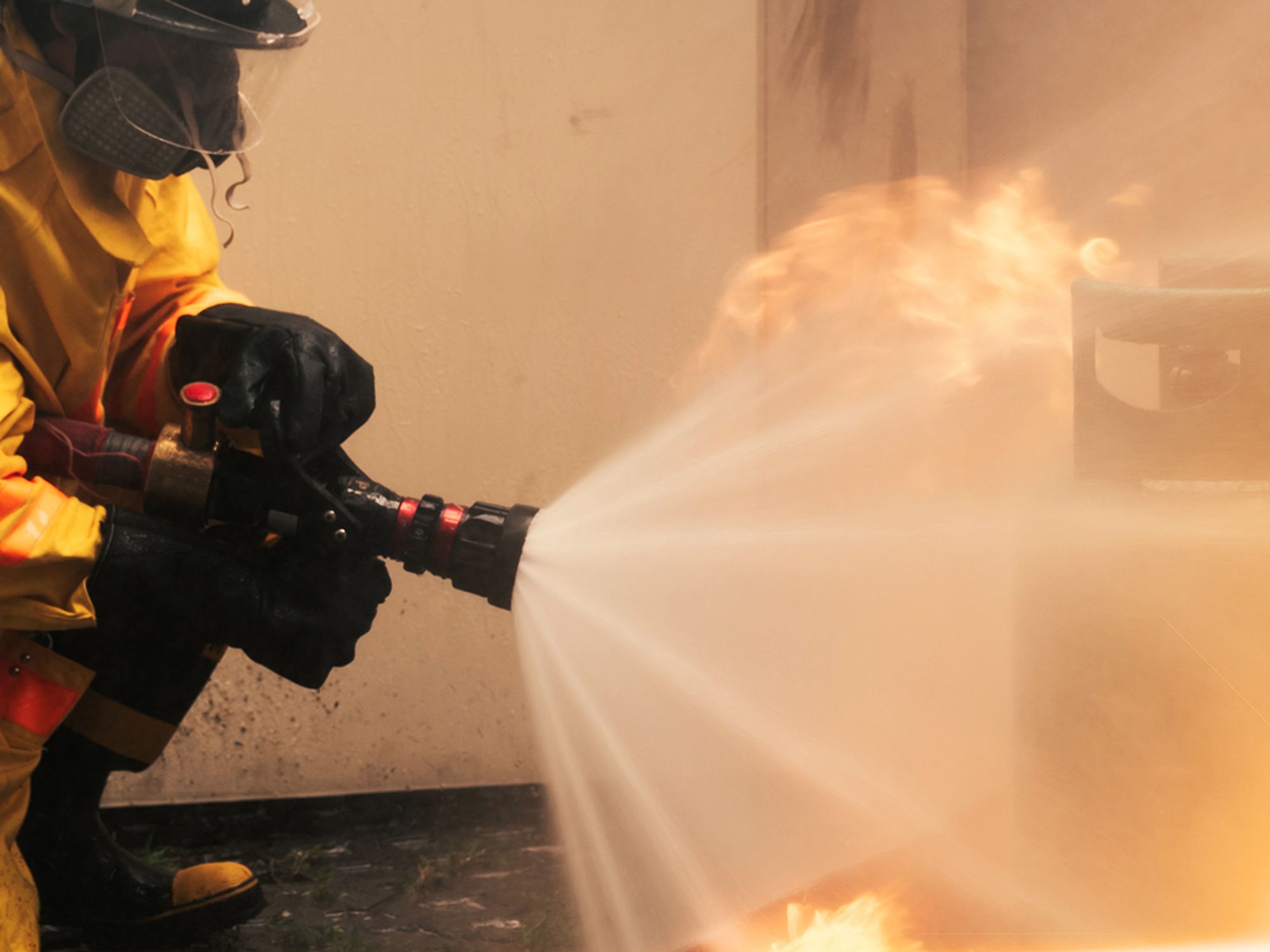EPCRA: Emergency response plans

- The SERC or TERC is responsible for coordinating emergency plans among districts.
The Local Emergency Planning Committee (LEPC) is responsible for developing and maintaining a local emergency plan that will ensure a quick and effective response to a chemical emergency. Issues such as which facilities use chemicals, where the chemicals are stored, and what routes are the quickest for first responders, and evacuation are addressed by the emergency plan. Delegating this responsibility to the LEPC ensures that communities will develop personalized, need-specific, and effective emergency plans. Ultimately, the State Emergency Response Commission (SERC) (or Tribal Emergency Response Commission (TERC)) is responsible for coordinating emergency plans among districts.
Overview
Once the LEPC has gathered the appropriate chemical information, it must design and maintain a community-wide emergency plan. To ensure maintenance of the plan, Congress mandated that it be reviewed at least annually, or as often as needed to reflect changes in the community or at any facility. Each LEPC must also evaluate what resources are needed to develop, implement, and exercise the emergency plan. If any additional resources are necessary, the LEPC must make recommendations for providing the additional resources.
This plan is officially named a comprehensive emergency plan. Even though it is only required to consider facilities subject to Emergency Planning and Community Right-to-Know Act (EPCRA) Section 302, the Environmental Protection Agency (EPA) recommends that the plan cover all facilities that pose a chemical risk to the community.
